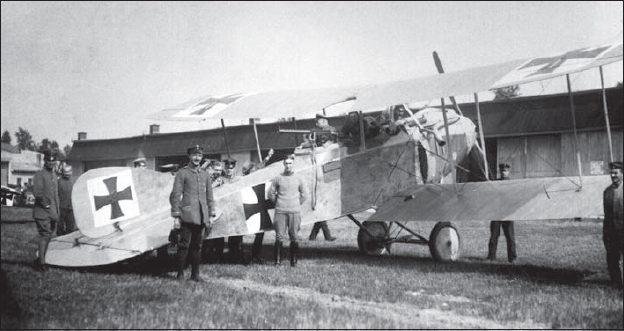CONTENTS
ORIGINS IN METZ
R oyal Prussian Jagdstaffel 17 was hardly the most famous or accomplished of the fighter units of the German Army Air Service in the Great War, but it did produce its share of successful aces in addition to some very distinctive characters. If one includes the men who flew in the ancestral core or nuclear unit of the Jasta the so-called Kampfstaffel Metz then the ranks of this formation included three eventual knights of the Orden Pour le Mrite, or the Blue Max. Foremost among these was Julius Buckler, the top-scoring pilot of Jasta 17 who recorded at least 35 confirmed victories. In some ways his name is nearly synonymous with Jasta 17 he served his entire career as a Jagdflieger within the Staffel, scoring its very first confirmed victory and finished the war as its commander.
Another Blue Max recipient associated with the squadrons early period as Kampfstaffel Metz, conversely, became one of the most infamous figures of the 20th Century. Another of its most remarkable early pilots was perhaps not the most successful in terms of victories, but was certainly the oldest German fighter pilot of World War 1!
The aces of Jasta 17 served with distinction on a variety of fronts from the Metz region all the way to the North Sea. They flew with success against all comers, including amongst their opponents French, British, Belgian and American airmen. The Jasta achieved a proud record in exactly two years of frontline combat service, finishing the war with 101 confirmed victories.
The origins of Jagdstaffel 17 are closely linked to the historic and strategic fortress city of Metz, located at the confluence of the Moselle and the Seille Rivers in Lorraine. Today, Metz is a French city near the junction of France, Germany and Luxembourg, some 55 kilometres east of Verdun. The city, and its French fortifications, were annexed by the German Empire in 1871 as part of the Treaty of Frankfurt following the Franco-Prussian War. In this way Metz became a garrison city of the Imperial German Army. The Germans strengthened and expanded the areas defences by constructing a series of forts and batteries from Mlhausen (todays Mulhouse, France) to Luxembourg.
As both heavier and lighter-than-air military aeronautics developed in the early years of the 20th century, the aerial aspects of defending the Metz region were not neglected. In 1909 it was decided to construct a base for Zeppelins of the German Army about eight kilometres south-southwest of Metz, between Augny and the Chteau de Frescaty. This would become known as Metz-Frescaty airfield, easily identified in many photographs due to its massive Zeppelin hangar and long row of permanent aeroplane hangars. In 1912 the field was further developed into a Fliegerstation (military aerodrome), and a training facility for future pilots of the burgeoning Fliegertruppe was established there.
Once mobilisation orders for the Great War were issued on 1 August 1914, it was intended that Metz, Strasbourg and other fortress cities were to be supplied with a Festungs-Flieger-Abteilung (a fortress or garrison flying unit) for reconnaissance purposes, as well as anti-aircraft batteries. The 2. Festungs-Flieger-Abteilung Metz was established on 17 November 1914 under the Stabsoffizier der Flieger (Stofl Staff Officer for aviation within an Army) of the 5. Armee.
After a few months of operations the fortress flying units were proving to be of small value in their role of reconnaissance for the garrison towns. They were therefore re-equipped and absorbed into the armys Feld (field) formations with new designations. As a result, 2. Festungs-Flieger-Abteilung Metz was transformed into Feld-Flieger-Abteilung 71 (Field Flying Section 71) on 7 August 1915. It was this mobile two-seater reconnaissance section that would provide an initial nucleus of airmen for what would eventually become Jasta 17.
The introduction of the Fokker Eindecker in the summer of 1915 ushered in a new era in aerial warfare. At first the new fighters were attached singly to the Feld-Flieger Abteilungen, but eventually some units had as many as four monoplanes on strength. In 1916 these temporary groupings of fighters into small units for special operations became the norm. Such a formation might be designated as a Kampfeinsitzer-Kommando (single-seater fighter command, or KEK) or simply as a Fokkerstaffel or Kampfstaffel, but it generally remained attached to its parent two-seater Abteilung. FFA 71, still stationed at Metz, had received a few Fokker fighters by the summer of 1916 and soon formed its own Kampfstaffel.
 K AMPFSTAFFEL
K AMPFSTAFFEL M ETZ

Luckily for the researcher, a short history of Jasta 17 was composed at the end of the war by Buro-Uffz Karl Wasenmller, the units NCO office clerk it was published in the periodical Deutsche Flugillustrierte in 1935. According to Wasenmller, on 4 July 1916 FFA 71 was transferred from Metz-Frescaty to Briey. However, a small detachment of two observation aircraft remained at Metz-Frescaty for use by the Metz military administration. Also assigned to Metz were two 100 hp Fokker E IIIs, a 160 hp Fokker E IV and a Halberstadt D-type fighter. The latter aircraft was an example of the generation of new biplane fighters that were starting to replace the Fokker monoplanes. These single-seaters were grouped into a fighter detachment for the defence of the Metz sector, which had been repeatedly targeted by French bombers.
Wasenmller recorded that Kampfstaffel Metz was created on 23 July 1916 as a temporary unit within Armee-Abteilung C. Its commander was the veteran flier Hptm Kurt Schmickaly. Born in Berlin on 10 July 1888, Schmickaly was a pre-war pilot who had served in Flieger-Bataillon Nr 3 in 1914 and had flown in FFA 34. Jasta 17s top ace Julius Buckler wrote of Schmickaly, All old fliers know this name and mention it full of reverence. This outstanding flight officer was equally admirable as a superior and as a human being.
Among the pilots who served in the oft-changing and fluid roster of men under Schmickalys command were several destined for eventual fame as aces. These included 26-year-old Oblt Bruno Loerzer (later CO of Jasta 26 and then Jagdgeschwader III, and a Blue Max ace with 44 victories) as well as his younger brother Gefr Fritz Loerzer, who would also lead Staffel 26 and gain a measure of his own notoriety with 11 confirmed victories. As many readers know, wherever one found Bruno Loerzer one usually found his close friend and companion Hermann Gring as well and this is true for this unit. The future leader of Jasta 27 and the final commander of the Richthofen Jagdgeschwader (not to mention Luftwaffe commander and Reichsmarschall in the Nazi regime) gained some of his earliest experience as a fighter pilot in the Metz Kampfstaffel alongside Loerzer.
The expansive Metz-Frescaty aerodrome was the first base of Jasta 17 and its ancestral unit,

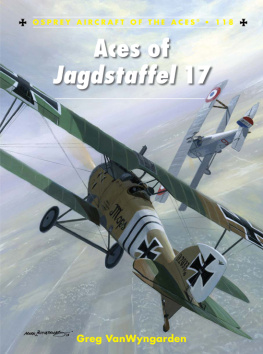




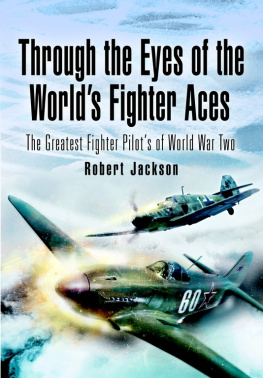
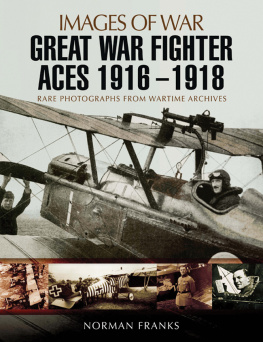


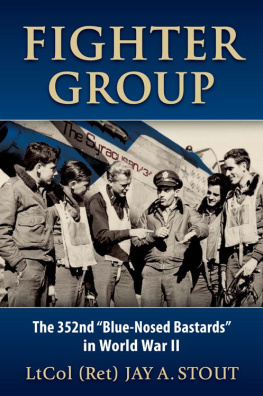
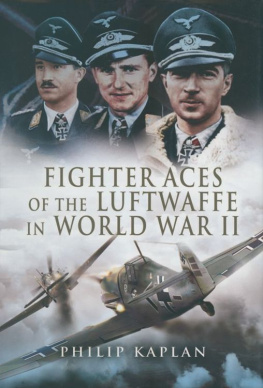
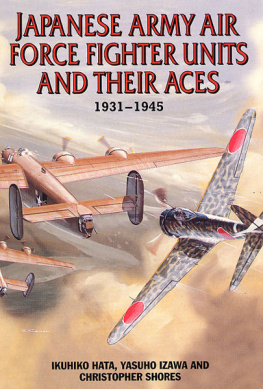
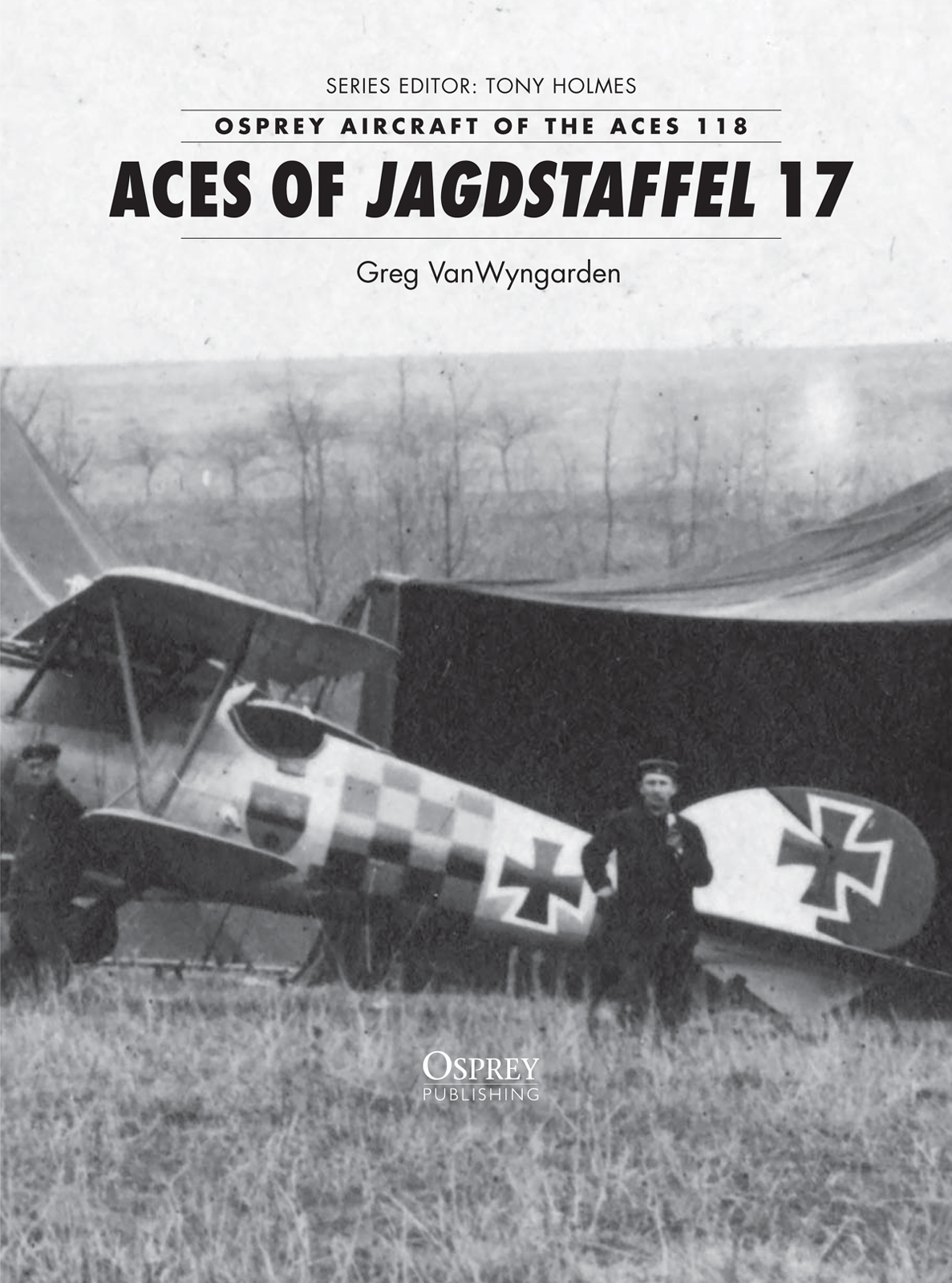
 K AMPFSTAFFEL M ETZ
K AMPFSTAFFEL M ETZ 